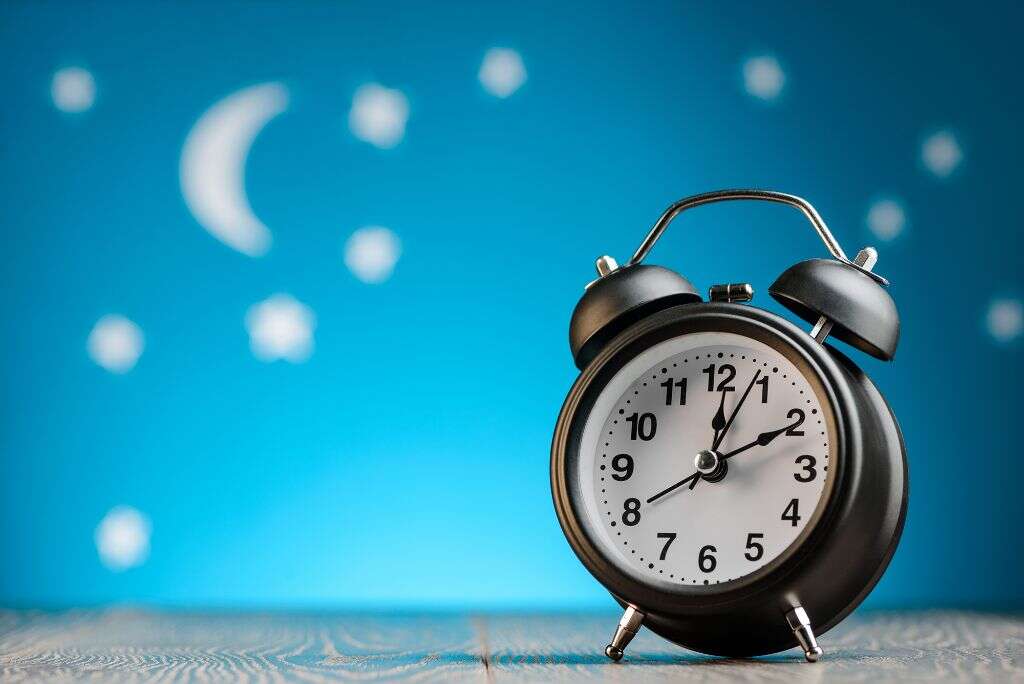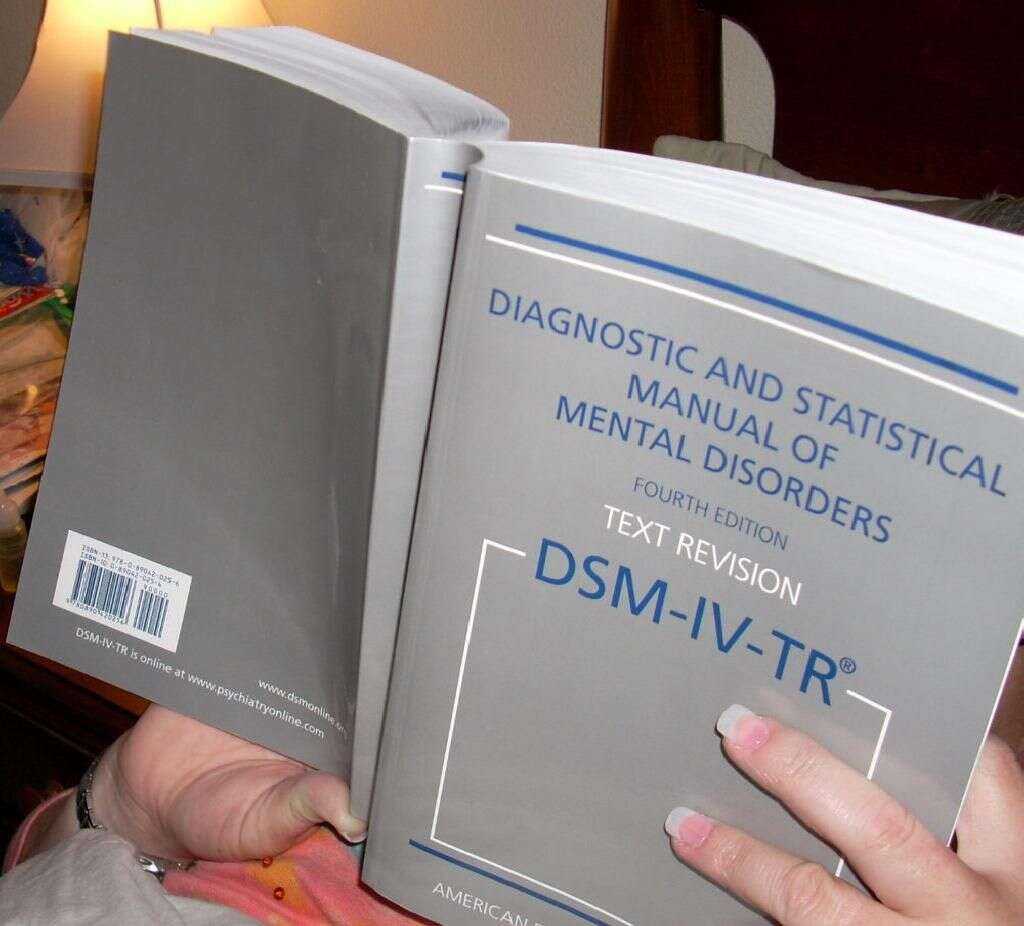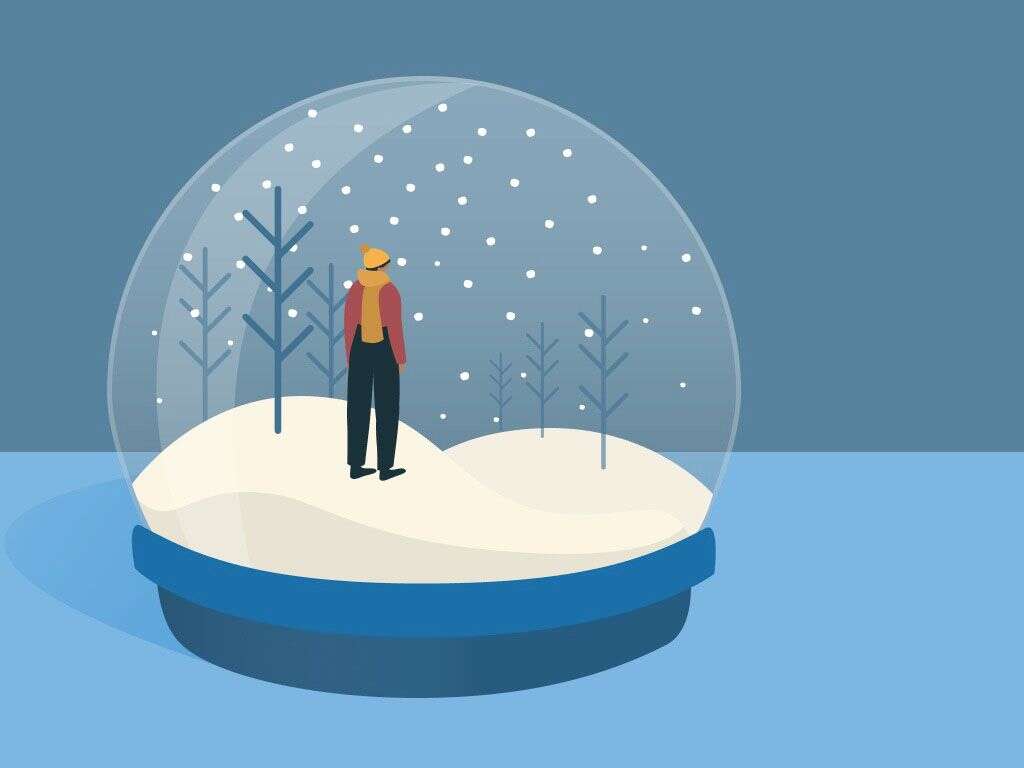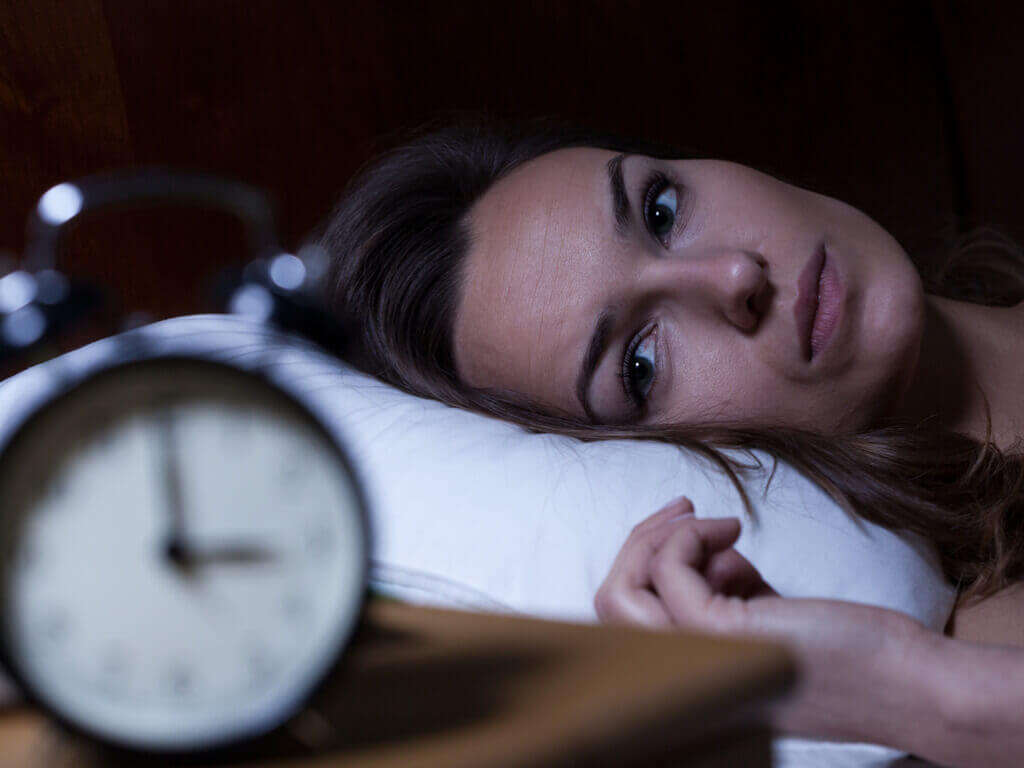What Is Seasonal Affective Disorder?
Do you experience changes in your mood at certain times of the year? If so, you may dismiss them as just the “winter blues,” but it could be more than that. Seasonal affective disorder is a psychological condition that causes depressive symptoms at certain times of the year.
SAD is a form of depression in which symptoms follow a recognizable pattern that coincides with a particular season rather than a separate condition.1https://www.nimh.nih.gov/health/topics/seasonal-affective-disorder/index.shtml For this reason, it is sometimes also referred to as seasonal depression. Symptoms of SAD range from mild to severe. Fortunately, you need not simply wait until the change of seasons for symptoms to improve because treatments are available to ease the effects.

1. Timing
Most people with seasonal affective disorder experience winter depression, or fall onset.2https://www.hopkinsmedicine.org/health/conditions-and-diseases/seasonal-affective-disorder Symptoms start showing up in the late autumn and continue through the winter. Though patterns vary, the months of January and February tend to be the worst. As spring approaches, symptoms tend to subside.
More rarely, some people with SAD experience spring-onset, or summer depression. The symptoms may be slightly different than those associated with winter depression, and they follow the opposite pattern, getting worse in the spring and summer and better in the fall and winter.

2. Prevalence
The prevalence of seasonal affective disorder depends on geographic region. It is rare in areas that are close to the equator. In the United States, estimates of people with SAD range from 1.5 million to 3 million people, with more cases occurring in northerly regions. It is estimated that about 5% of the population in the U.S. experiences SAD in any given year.3https://www.mhanational.org/conditions/seasonal-affective-disorder-sad}
SAD tends to affect young adults, with most cases diagnosed in patients between the ages of 18 and 30. However, it can also manifest in older adults, as well as younger teens and sometimes even children.1https://www.nimh.nih.gov/health/topics/seasonal-affective-disorder/index.shtml

3. Symptoms
If you have seasonal affective disorder, you may experience marked feelings of hopelessness, sadness, anxiety, or depressed mood. You may also feel restless and agitated, making it difficult to make decisions or concentrate on a given task. SAD often causes anhedonia, which is a lack of interest in activities you typically enjoy. 2https://www.hopkinsmedicine.org/health/conditions-and-diseases/seasonal-affective-disorder People with SAD also frequently report changes in appetite, with carbohydrate cravings being common.3https://www.mhanational.org/conditions/seasonal-affective-disorder-sad}
Symptoms of spring-onset SAD can be different than those of fall onset.1https://www.nimh.nih.gov/health/topics/seasonal-affective-disorder/index.shtml While people with winter depression tend to experience fatigue and low energy, to the point of oversleeping, people with summer depression may experience insomnia. While fall-onset SAD can cause people to gain weight due to an increased appetite, spring-onset SAD can decrease appetite, and you may lose weight as a result.

4. Causes
There is a clear relationship between the availability of sunlight and the onset of seasonal affective disorder. People who live nearer the equator, where there is little seasonal change in the amount of daylight, experience fewer symptoms.1https://www.nimh.nih.gov/health/topics/seasonal-affective-disorder/index.shtml Additionally, people from the higher latitudes with SAD report a decrease in symptoms if they move nearer the equator.
However, the exact relationship between sunlight and SAD is not clear. Exposure to varying levels of daylight may disrupt the circadian rhythm, which is a kind of “biological clock” that tells your body when it is time to sleep and to wake up. The changes in daylight may affect the production of neurotransmitters in the brain, affecting your mood and disrupting your sleep.

5. Risk Factors
Another mental health condition, such as bipolar disorder or major depression, can put you at risk for seasonal affective disorder. More specifically, you may notice that the symptoms of these conditions get worse during certain months of the year. A family history of mental health conditions can also increase your risk for SAD.
SAD affects women more often than men, which is also true of other types of depression. For every one man experiencing symptoms of SAD, there are four women similarly affected.1https://www.nimh.nih.gov/health/topics/seasonal-affective-disorder/index.shtml

6. Complications
Changes in appetite due to SAD can cause unhealthy fluctuations in weight. The fatigue, lack of interest, and inability to concentrate associated with SAD can negatively affect your performance at work or school. Some people start using drugs or alcohol in an attempt to self-medicate, which can lead to substance abuse.
SAD can make you want to withdraw from social situations, which can hurt your relationships with others. Other people may not understand your symptoms, telling you to snap out of it and stop slacking off. When symptoms of SAD are severe, they can prompt thoughts of suicide.

7. Diagnosis
The American Psychiatric Association uses a reference book called the Diagnostic and Statistical Manual of Mental Disorders that lists criteria for different mental health conditions. A doctor or psychologist may use these criteria to assess your symptoms and determine if you have SAD or another condition. You may be asked to fill out a questionnaire describing your symptoms.
Physical conditions can also cause symptoms of depression.2https://www.hopkinsmedicine.org/health/conditions-and-diseases/seasonal-affective-disorder Your doctor may perform lab tests to see if a medical condition such as a thyroid problem may be causing or contributing to your symptoms.

8. Treatment
One of the first-line treatments for fall-onset SAD is phototherapy. Since symptoms are associated with waning daylight, phototherapy involves daily exposure to artificial light. The theory is that this helps to maintain normal levels of brain chemicals and keep the biological clock running regularly. Phototherapy uses a light box or lamp that simulates the intensity of natural sunlight but with the harmful ultraviolet radiation filtered out.
Phototherapy is effective for 85% of patients with fall-onset SAD.3https://www.mhanational.org/conditions/seasonal-affective-disorder-sad} Treatment options for people not helped include antidepressant medication and cognitive behavioral therapy.2https://www.hopkinsmedicine.org/health/conditions-and-diseases/seasonal-affective-disorder CBT teaches you how to manage stress, change negative thoughts, and cope with your condition in healthy ways.

9. Prognosis
If you have SAD, your symptoms will be pronounced for a few months, then get better with the change of seasons. Without treatment, this pattern will repeat itself, likely for the rest of your life. Complications of SAD, such as addiction to drugs or alcohol or weight changes, may continue throughout the year. Thoughts of suicide arising because of SAD may cause you to make plans or take actions to kill yourself.
Fortunately, SAD is treatable. Many patients experience good results from treatment measures such as phototherapy, CBT, or medications. Sometimes one of these therapies alone is effective, while other times they are used in combination with one another.2https://www.hopkinsmedicine.org/health/conditions-and-diseases/seasonal-affective-disorder

10. Famous People With SAD
Some of the people with seasonal affective disorder are famous people whom you may know of. However, you may not realize that they have SAD because the public face that they present to the world is often cheerful and upbeat, masking their inner struggle.
Comedian Patton Oswalt has spoken eloquently on social media about his struggle with SAD, offering encouragement to his fellow sufferers. Comedian and former talk show host Rosie O’Donnell has experienced SAD for over 20 years. Another famous face of seasonal affective disorder is Australian singer and actor Natalie Imbruglia.











